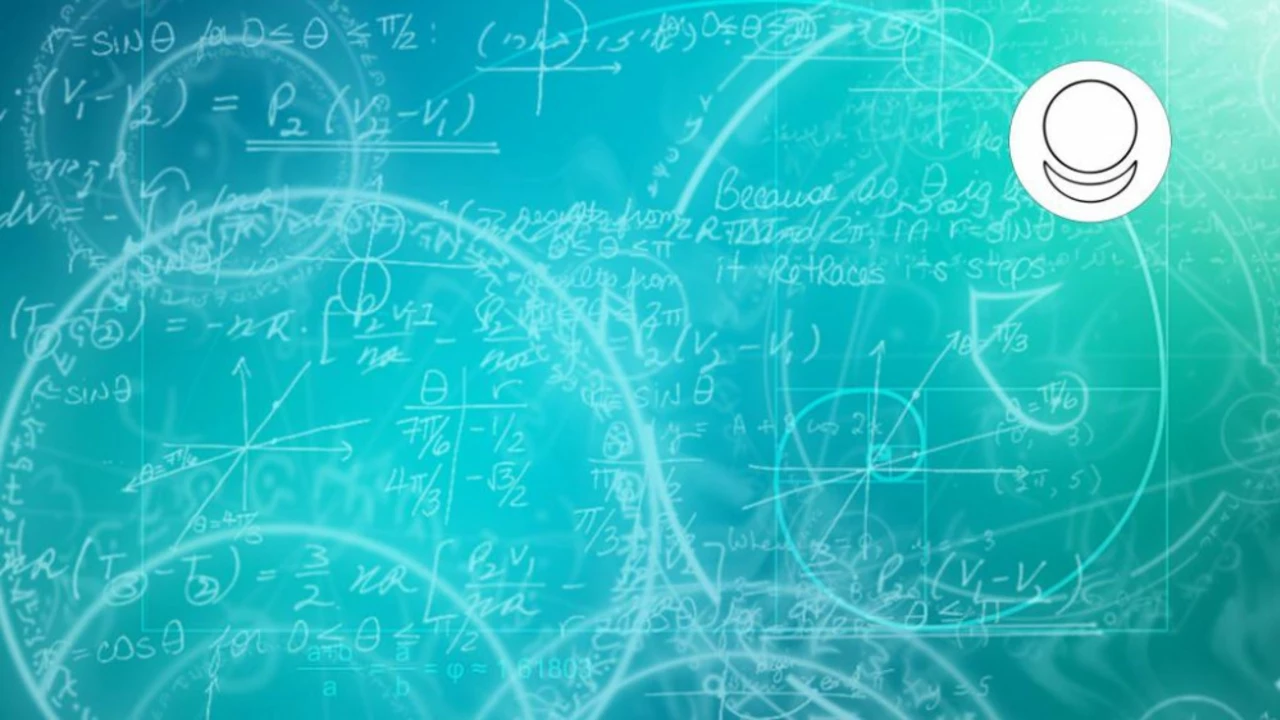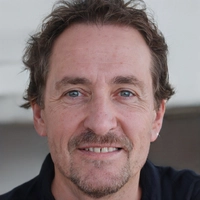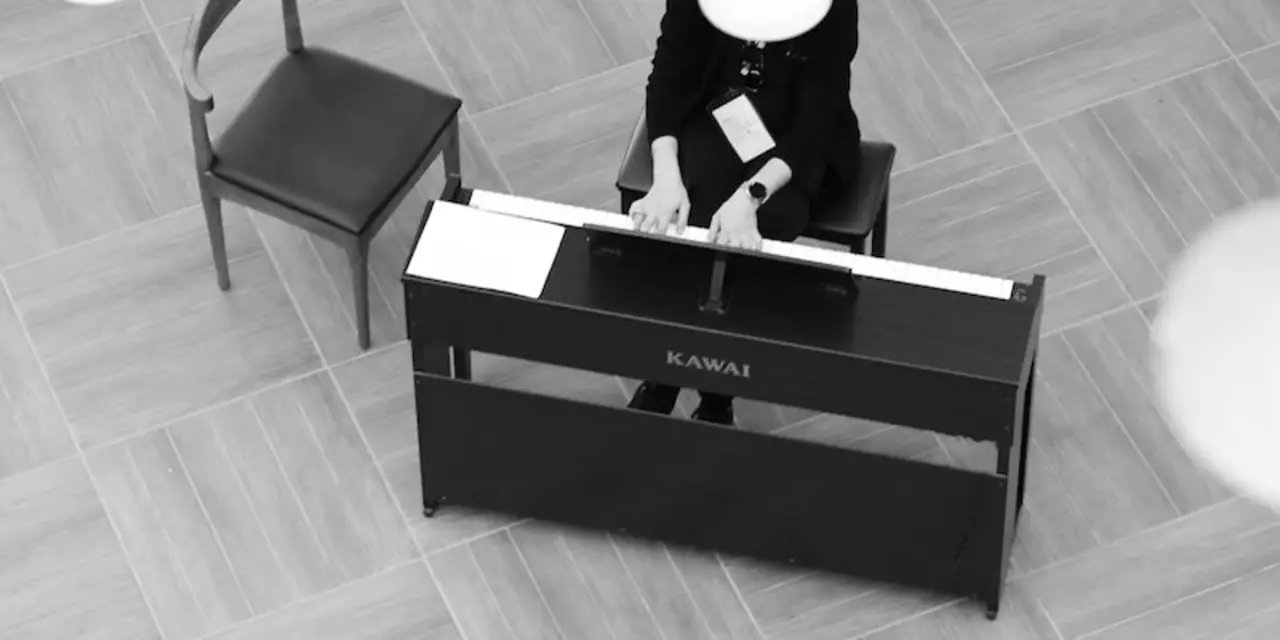Introduction: The Harmony of Math and Music
Have you ever considered the possibility that the music you love listening to might be filled with mathematics? It's an intriguing question that we're going to delve into. We're going to investigate the symbiosis between these two seemingly different domains and discover how mathematics is deeply embedded in the very fabric of music.
Understanding the Mathematical Structure of Music
Every piece of music we listen to is a carefully crafted sequence of sounds. These sounds, or notes, are organized in specific patterns that create rhythm and melody. This ordering is not arbitrary; it follows a specific structure which is guided by mathematical principles. Arithmetic progressions, geometric series, and even trigonometric functions can be found in the structure of music.
Rhythm and Ratio: The Role of Fractions
Music is a language of its own, but it is a language with a mathematical syntax. The rhythm, which is the heartbeat of any musical piece, is fundamentally a series of fractions. Whole notes, half notes, quarter notes, and eighth notes are all examples of these ratios at work, creating the structure and pace of the music we enjoy.
The Fibonacci Sequence and Music
The Fibonacci sequence, a series of numbers where each number is the sum of the two preceding ones, has a surprising link to music. Many musical compositions exhibit a pattern that mimics the Fibonacci sequence, creating a pleasing balance and harmony in the piece. This mathematical pattern resonates with our innate sense of beauty and proportion, enhancing our enjoyment of the music.
Exploring the Musical Scales: A Study of Interval Mathematics
The musical scale is another area where music and mathematics intersect. The intervals between the notes on a scale are not random; they follow a specific mathematical pattern. Understanding this pattern allows musicians to create melodies and harmonies that resonate with listeners on a deep, emotional level.
Harmonics and Frequencies: The Physics of Sound
Music is, at its most basic level, sound. And sound is a physical phenomenon that can be described using mathematical equations. The frequency of a sound wave determines its pitch, while the amplitude determines its volume. Understanding these mathematical properties of sound allows musicians to manipulate their instruments to produce the desired sound.
Chords and Geometry: Visualizing Music
Mathematics isn't just about numbers; it also involves shapes and patterns. In music, chords can be visualized as geometric shapes in a space called 'the tonnetz'. This unique perspective on music offers new ways to understand and create harmonies, further demonstrating the deep link between music and mathematics.
Music and Probability: The Unpredictability of Improvisation
Improvisation in music may seem spontaneous and unpredictable, but even this aspect of music has a mathematical underpinning. Musicians use their knowledge of scales, chords, and rhythms to make educated guesses about what notes to play next. This involves a degree of probability, adding an element of mathematical decision-making to the creative process.
Mathematics in Music Composition: Algorithms and Combinatorics
Music composition involves a certain level of combinatorics, which is a branch of mathematics dealing with combinations of objects belonging to a finite set in accordance with certain constraints. Musicians use their knowledge of mathematical combinations to create new melodies and harmonies, demonstrating that the creation of music is as much a science as it is an art.
Conclusion: The Symphony of Math and Music
In conclusion, there is a profound connection between music and mathematics. From the basic structure of music to the complex patterns in compositions, mathematics plays a crucial role in every aspect of music. Understanding this link can give us a deeper appreciation of the music we love and even inspire us to create our own musical masterpieces.









